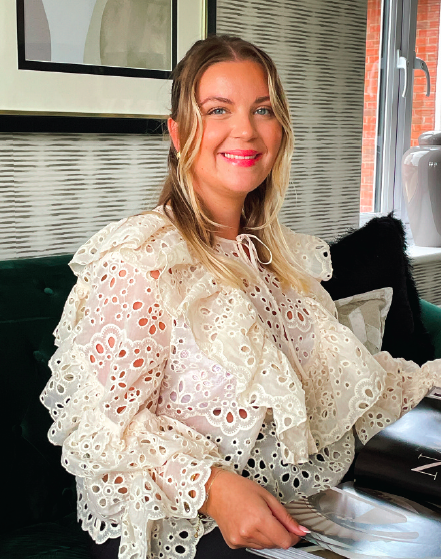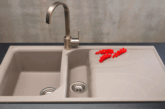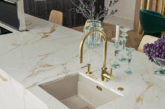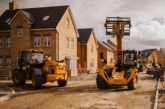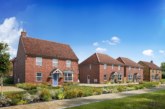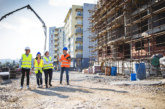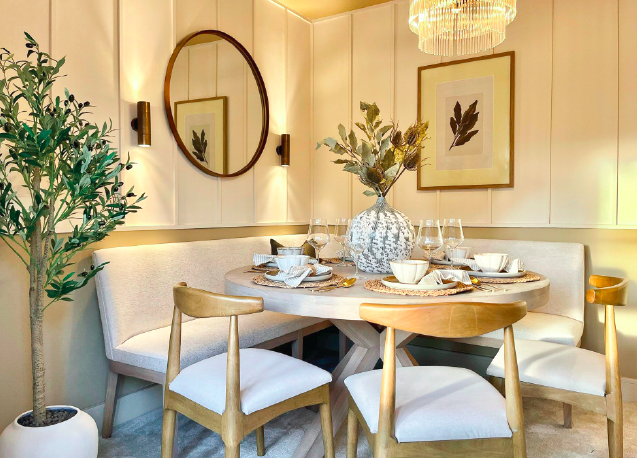
With the publication of the Future Homes Standard due in Autumn, this represents an important step in the UK’s transition towards building zero carbon homes. But what are the implications of low carbon technology on showhome design? Megan Doherty, senior client account manager, Edward Thomas Interiors shares her insight…
The Future Homes Standard (FHS) will help housebuilders and developers plan and invest in low carbon technology to reduce emissions and make sustainable living more achievable for all.
But as more of these technologies are integrated into new homes, how do they influence interior design?
When briefing an interior design partner, housebuilders and developers are advised to detail what renewables are included, where they are located, and the product specification/size. From a design perspective, this means we can plan and adapt a room’s appearance accordingly.
For example, where double panel or double height radiators are used, these can limit the space so we must be more creative, perhaps adding decorative elements such as covers or shelving. Conversely, where air source heat pumps are installed with underfloor heating, we don’t have to consider radiator positions, which gives more design flexibility. This is especially useful in bathrooms and ensuites where extra storage space is always welcome!
Having these early conversations with your design team can help avoid frustrations for homeowners. Something as simple as advising on the position of a smart heating thermostat to ensure it doesn’t create an unwanted focal point shows attention to detail that can make a real difference.
These briefings are equally important for highlighting any house type or layout changes. The drive for energy efficiency means some properties now have smaller windows. In these homes, maximising natural light is essential so talk to your designers about practical solutions. These might include deliberately positioning mirrors opposite light sources for reflection, using light fabrics such as voiles, or prioritising additional lighting.
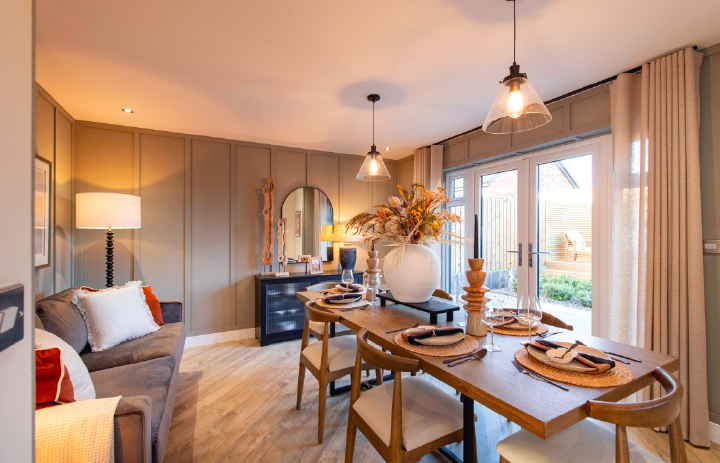 Actually, lighting is probably one of the most impacted areas of design. Recessed downlighters or spotlights used to feature prominently in new homes and were great for creating bright, welcoming spaces with plenty of warmth. But unfortunately, they’re not energy efficient and their use is now very much limited to kitchens and bathrooms. Of course, this isn’t a deterrent for us, and we’ve risen to the challenge by sourcing fabulous alternatives such as rechargeable wall lights or pendant points to ensure the same impact!
Actually, lighting is probably one of the most impacted areas of design. Recessed downlighters or spotlights used to feature prominently in new homes and were great for creating bright, welcoming spaces with plenty of warmth. But unfortunately, they’re not energy efficient and their use is now very much limited to kitchens and bathrooms. Of course, this isn’t a deterrent for us, and we’ve risen to the challenge by sourcing fabulous alternatives such as rechargeable wall lights or pendant points to ensure the same impact!
Much of what the FHS will mandate is aligning with modern living trends and our collective commitment to future proof our homes. I read recently that UK homeowners will only move on average once every 20 years, so our homes and their interiors must be more adaptable. Showhomes should display where renewables leave room for creativity and flexibility, highlighting where thoughtful design and energy efficiency go hand in hand.
For more information go to, www.rdr.link/dbf041

